Resources
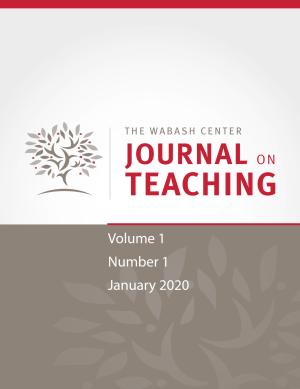
This is a short reflection on aspects of the pedagogy and mentoring practice of Dr. Katie Geneva Cannon. This approach invited collaborative engagement and included a threefold process that included affirmation, inspiration, and charge. See companion contributions to this Forum written by Miguel A. De La Torre, Stacey M. Floyd-Thomas, Karen K. Seat, and Angela D. Sims.
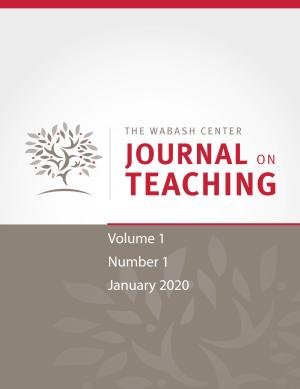
This tribute by a former doctoral student of Dr. Katie Geneva Cannon reflects on her mentor’s pedagogical strategies and techniques and how they have impacted her own teaching, as well as her approach to research and writing. The short essay describes several of Dr. Cannon’s assignments, including the Personal Ethical Inventory and the Socio-Religious Autobiography, and expresses her gratitude and indebtedness in prioritizing experiences and contributions of Blacks as an essential aspect of graduate theological education.
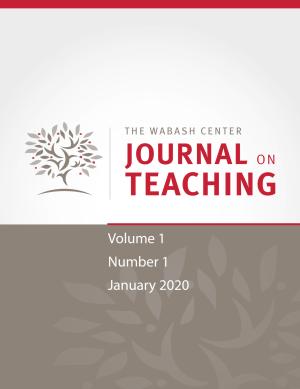
Dr. Katie Canon not only touched the lives of her students with what she taught in the classroom, but by how she lived her life. She modeled the type of scholar students of color should strive to become. See companion contributions to this Forum written by Edwin David Aponte, Stacey M. Floyd-Thomas, Karen K. Seat, and Angela D. Sims.
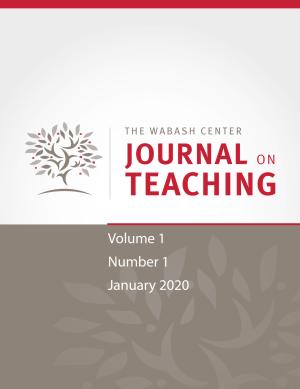
This Forum publishes five short essays by former students of Dr. Katie Geneva Cannon, reflecting on how their mentor influenced their development as teachers and educators.
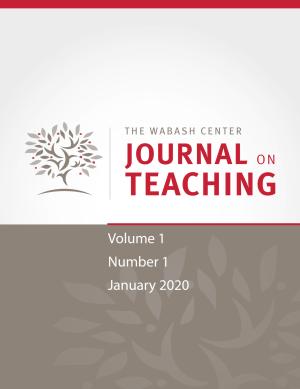
This short essay describes a teaching strategy that addresses a key threshold concept in introductory biblical studies courses – that the Bible itself is a construct. It is a companion essay to John Van Maaren’s, “Transformative Concepts and Troublesome Knowledge: Toward a Threshold Concept Framework for Biblical Studies,” also published in this issue of the journal
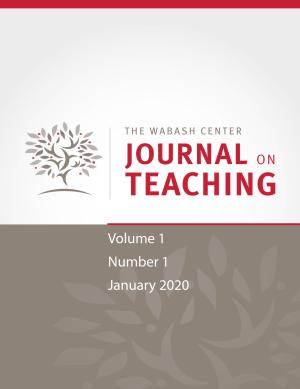
This Special Topic section of the journal includes an essay by John Van Maaren, “Transformative Concepts and Troublesome Knowledge,” followed by three companion essays by Richard S. Ascough, Tat-siong Benny Liew, and Jocelyn McWhirter, each of which describes a particular teaching strategy the author uses to address a key threshold concept in biblical studies courses.
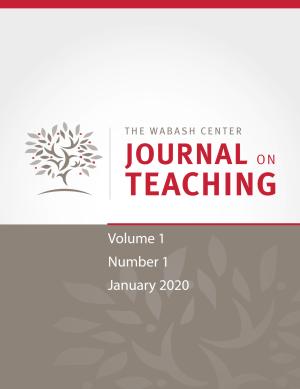
Threshold concepts (TCs) are conceptual gateways that students must pass through in order for learning to progress, but which are often navigated with considerable difficulty. They are therefore both transformative and troublesome for student learning. While individual TCs have been identified in related disciplines, no study has addressed TCs for ways of thinking and practicing in biblical studies. After introducing the TC framework, this essay takes a first step toward developing a TC framework for biblical studies by proposing a set of TCs for the discipline. In conclusion, this essay provides guidelines, with practical examples, for integrating TCs into the biblical studies classroom. Also published in this issue of the journal, see three short essays by Richard S. Ascough, Tat-siong Benny Liew, and Jocelyn McWhirter, each describing a particular teaching strategy they use to address a key threshold concept in their biblical studies courses.
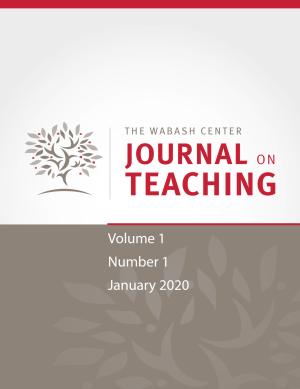
The launch of the new online open access Wabash Center Journal on Teaching provides the occasion to reflect on the legacy of Teaching Theology & Religion, which our editorial team has been publishing through Wiley for 22 years ago. The editors had a conversation with Maryellen Weimer, who has known the journal well through her work on The Teaching Professor (a newsletter published by Magma that provides summaries of articles that appear in disciplinary-focused journals on teaching). Our conversation focuses on how TTR has fit within the broad range of genres and journals that constitute the scholarship of teaching, the value of articles that describe practical teaching techniques (such as our signature Teaching Tactics which will continue in the new journal), opportunities for making research on learning available to busy faculty, and the challenges authors face when contributing to this literature.
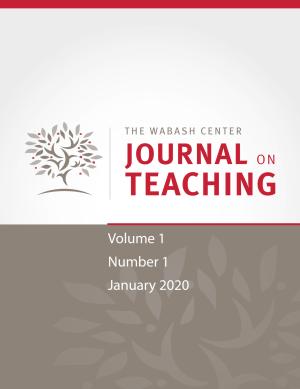
Theological education is currently undergoing significant changes. These changes are rooted in broader trends within the changing landscape of North American religion and higher education. This article surveys these larger shifts and explores their impact on the Associaton of Theological Schools (ATS), particularly in the changing financial/organizational model of schools, in the educational models and practices, and in the changing demographics of ATS student bodies. These trends point to significant themes that will characterize teaching and learning strategies for the future.
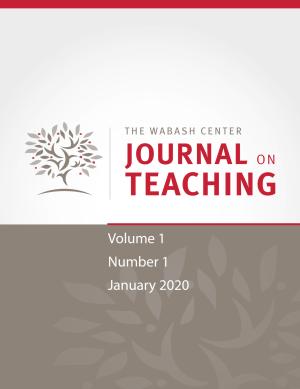
This article argues that critical thinking and theology belong together. Noting the need for such a combination in the breakdown of conversation between seminary students, the article justifies such a move in a theological anthropology. The author then describes several years of revisions to a Theology 1 course as he attempted to bring together the two goals of teaching theology and teaching critical thinking. The result was a syllabus that demonstrated two central transformations. The first is a “flip” of the classroom, or using the class time entirely for active learning. The second change is the creation of an assignment that walks students from theological conviction to theological argument. The author gives anecdotal and evaluative (grades, student evaluations) evidence to demonstrate the success of these revisions.